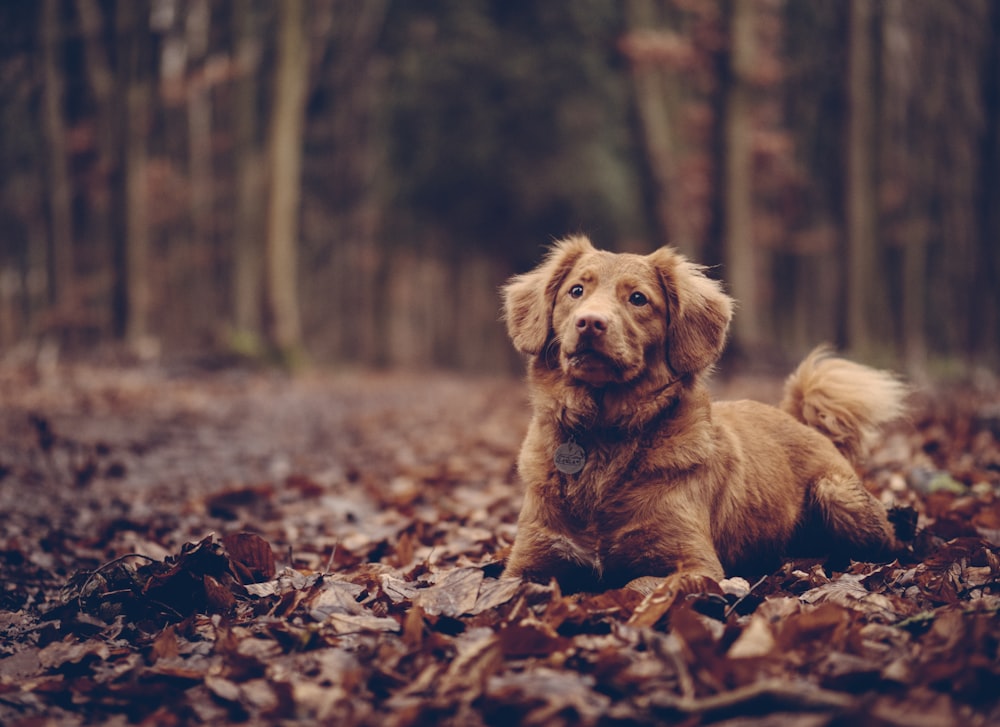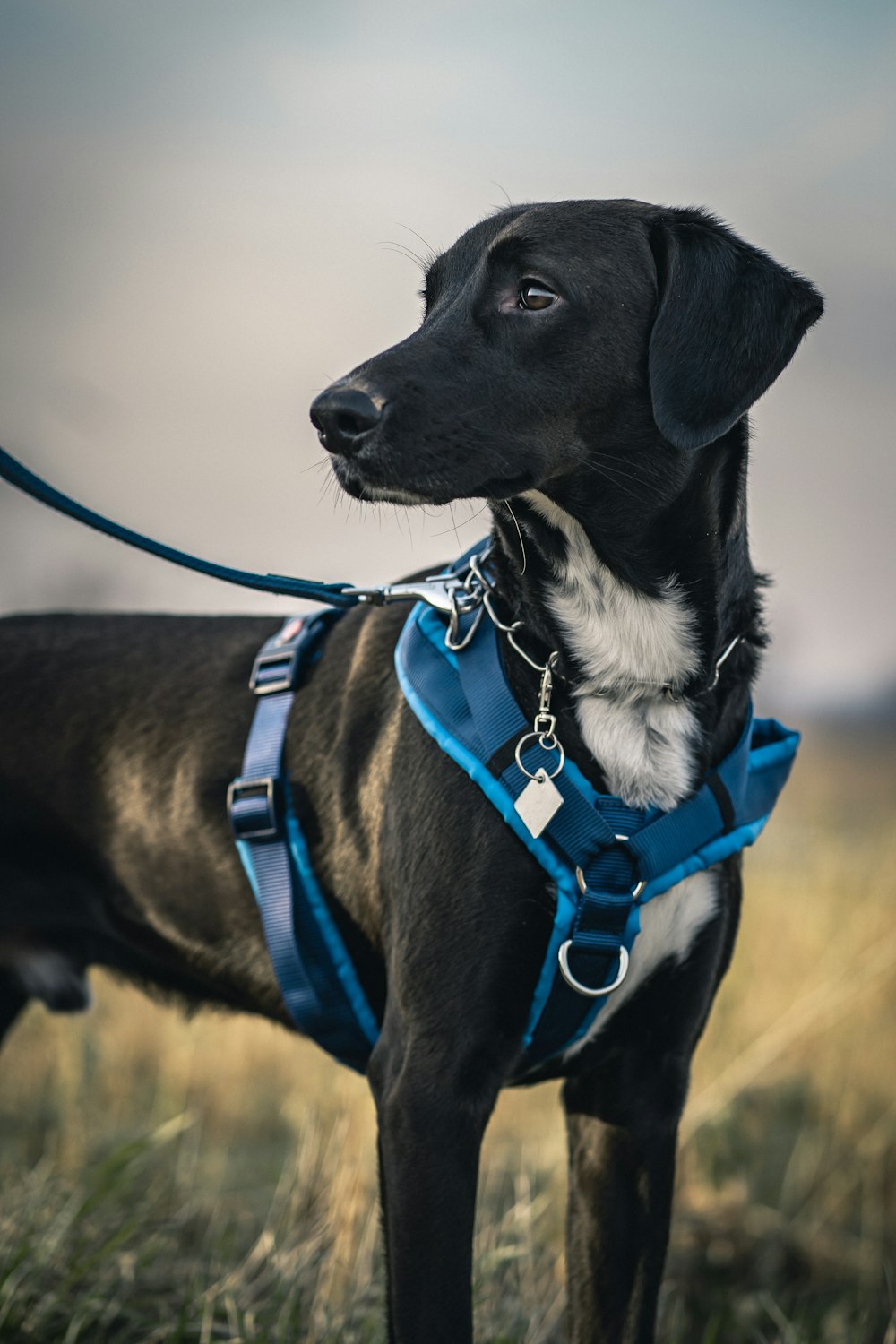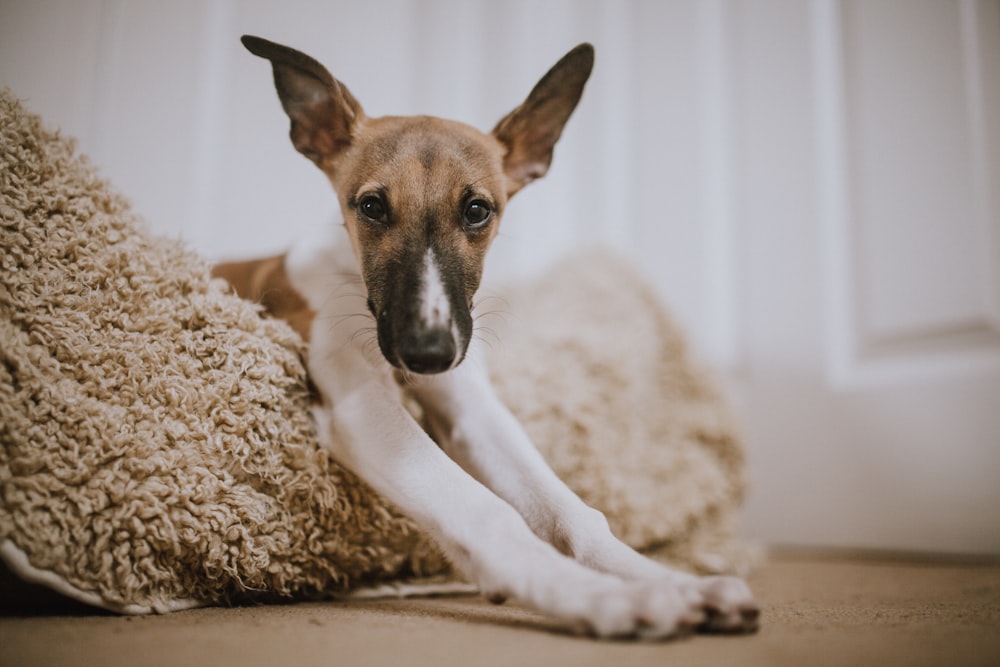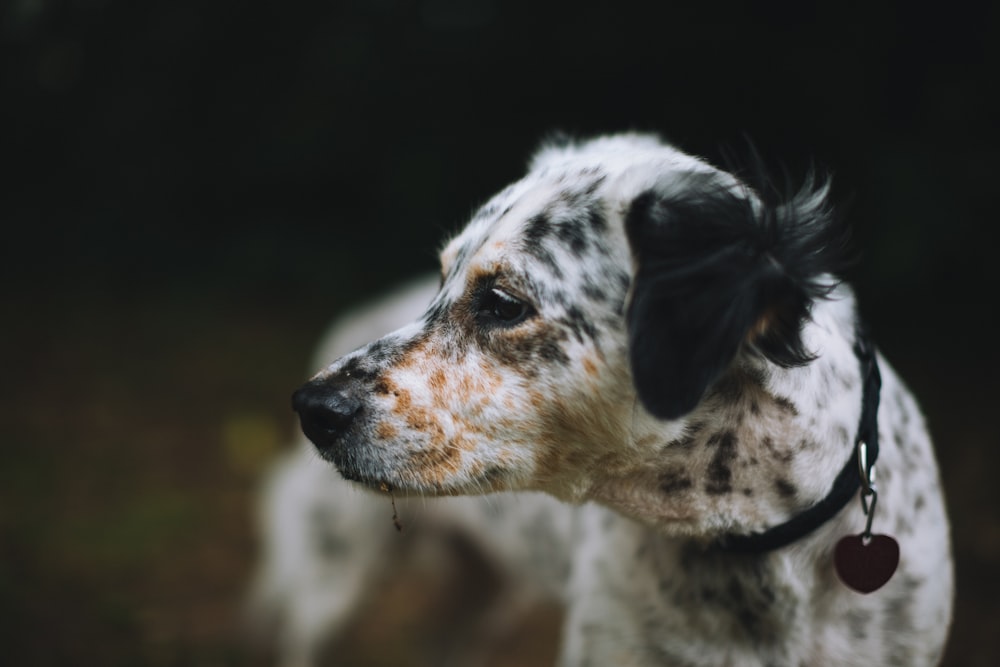Training our own dog can seem like a daunting task. Maybe you don’t know where to start or what guides to use. We all want what’s best for our dogs, but with all of the marketing ploys out there, it can be difficult to ascertain what our dogs actually need to live their happiest and healthiest lives. We will discuss several types of dog training tools, including what you can use them for and what behaviors they can help facilitate.
7 Essential Dog Training Tools
While some training can be done without tools, many training instruments are amazingly helpful. With the right tools and a little patience, anyone can train their own dog to be a fantastic adventure buddy.
1. Clicker
A clicker is an example of a bridging stimulus. A bridging stimulus has the purpose of “bridging” the gap of time between when a correct behavior is performed and that behavior is rewarded. Whistles are another example of a bridging stimulus. When teaching your dog a new behavior, clickers are invaluable in helping your dog pinpoint just what behavior was correct. This can cut down on the amount of time it takes for your dog to learn something new and increase effective communication between you and your canine companion. Learn more about how to use a clicker here.

2. Rewards
Rewards can help keep your dog motivated in the training set and interested in what you want to teach them. Treats and rewards come in a variety of forms, from food to toys to praise. What constitutes a reward depends on the individual dog; whatever the dog finds rewarding is a reward for that pooch.
Some dogs are incredibly food-motivated, so treats can go a long way in their training sessions. Some dogs aren’t particularly motivated by food, and instead, prefer toys or verbal/physical praise. Still, other dogs prefer variation in their rewards, so mixing it up can keep them engaged.
For food rewards, the treats should be small, about the size of a pencil eraser. Something soft and meaty is best, so your dog can eat it quickly and move on to the next behavior and reward. Using a treat bag/training pouch or fanny pack during training can help you stay organized and ease your reward distribution.

3. Leash, Collar, and Harness
Training leashes are available in a variety of lengths but typically run between 4 and 6 feet long. When training your dog to walk beside you with a loose leash, your leash should be just long enough for a little slack. Loose-leash walking is one of the most important things you can teach your dog, and it will save you a lot of frustration in the long run. Leashes with the capability to clip around your waist can be incredibly helpful, providing you two free hands for training.
A flat collar holds your dog’s identification information tag, but training collars like martingales can also come in handy. A front-clip harness can help deter pulling and is safer for puppies that haven’t learned how to walk on a leash yet. If your dog is quite large or difficult to manage, a head-collar is an appropriate option.

4. Long Line
A long line is a long leash particularly useful dog training tool for training recalls, where you call your dog back to your side, and long-distance stays. The long line is a simple alternative to allowing your dog off-leash when they aren’t very good at staying close to you or coming when called. Long lines are traditionally between 15 and 30 feet but can be even longer.
5. Portable Mat
A travel-friendly mat or bed for your dog is not only a comfortable piece of home, but it can also be an effective training tool. These mats are great for training a “place” behavior, where your pup learns to stay in the bed/mat until they are released. One great use for this behavior is for dogs who become overly excited when people come to the door or inside your home. You can teach your dog to take their “place” until the excitement of visitors has worn off andy our dog can calmly greet your guests.

6. Target
A target can be anything: a buoy on a stick, a wooden spoon, your hand, etc. The idea is to train your dog to touch their nose to this target. Once they learn this behavior, you can use it to shape other behaviors, like walking nicely on a leash, spinning, bowing, and more.
7. Barriers
Barriers such as crates and gates are incredibly useful dog training tool for containing your dog. These tools can facilitate potty training and prevent chewing or other destruction. A barrier can also keep your puppy from problem areas like the front door or the stairs.
Bonus: Food Puzzles
Food puzzles stimulate your dog both mentally and physically. This stimulation can help deter unwanted behaviors that might otherwise arise out of boredom. They can also help your dog learn to relax in their crate or on their placemat/bed.

Dog Training Tools and You
Dog training tools are quite useful, but they aren’t the end-all-be-all of dog training. You are just as important as the tools you use. If you’re still feeling overwhelmed, consult with a professional dog trainer or guidebook that can help you train your pup. With patience and determination, you can train your very own well-behaved companion.

